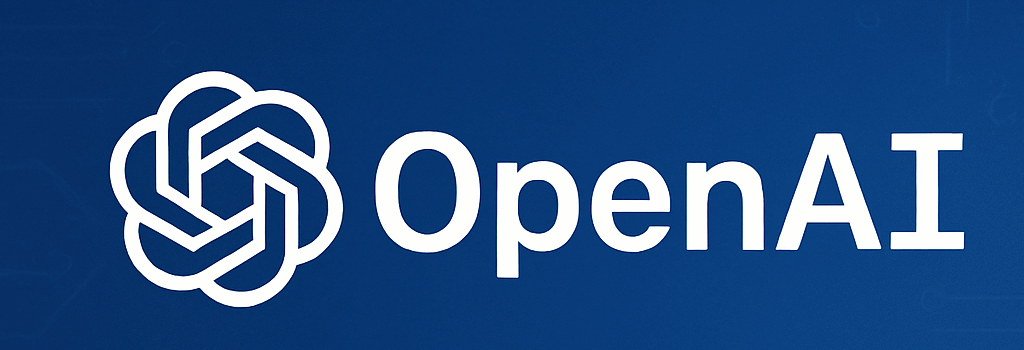OpenAI Launches gpt-oss-20b and gpt-oss-120b for Local LLMs

Overview
On August 5, 2025, OpenAI made its first open-weight large language models since GPT-2 available under the Apache 2.0 license. The two variants, gpt-oss-20b and gpt-oss-120b, empower developers and enterprises to deploy advanced generative AI on-premises, addressing concerns around data privacy, latency, and customizability.
Model Architecture and Innovations
The gpt-oss series leverages a transformer backbone enhanced by mixture-of-experts (MoE) layers. The 20b model comprises 21 billion parameters but dynamically routes to 3.6 billion active parameters per token, significantly reducing compute overhead. The flagship 120b model contains 117 billion parameters with 5.1 billion engaged per token. Both support a 128 000-token context window enabled by memory-efficient attention algorithms such as FlashAttention 2 and ALiBi positional encodings.
- Mixture-of-Experts: Dynamic routing to expert sub-networks delivers high throughput and specialization
- Configurable Chain of Thought: Three inference modes (low, medium, high) allow developers to balance latency versus reasoning depth
- Hardware Compatibility: gpt-oss-20b runs on a single 16 GB GPU or a dual-GPU setup; gpt-oss-120b targets accelerators with 80 GB VRAM such as NVIDIA H100 or AMD MI200
- Throughput Optimizations: Kernel fusions and quantization support (4-bit, 8-bit) enable up to 4× speedups in INT8 mode
Performance Benchmarks
OpenAI reports that gpt-oss-120b approaches the o3 and o4-mini proprietary endpoints on standard NLP benchmarks. In coding tasks like HumanEval, it achieves a 65 percent pass@1. In reasoning tests, high-mode chain-of-thought yields a 22 percent improvement over medium mode. However, in the Humanity’s Last Exam, proprietary GPT-4 derivatives still lead with 25 percent accuracy versus 19 percent for gpt-oss-120b.
Comparison with Other Open Models
- Meta Llama 3: 70 B and 200 B variants excel in multilingual tasks but lack MoE efficiency gains
- Mistral 2: 7 B dense model offers competitive inference speed but limited contextual reasoning
- Bloomz: 176 B multilingual model with high memory demands
Security, Compliance, and Safety
Under Apache 2.0, gpt-oss enables full transparency and commercial usage. OpenAI integrated its Preparedness Framework and deliberative alignment to embed guardrails at the instruction hierarchy. Security audits by Trail of Bits and internal red-team exercises indicate low susceptibility to jailbreaks and prompt injection under normal settings.
We observed that even when tuned to misbehave, the models failed to produce coherent harmful outputs, reinforcing our alignment strategy, says an OpenAI safety researcher.
Integration and Ecosystem Support
These open models integrate with popular ML ecosystems:
- HuggingFace Transformers and Accelerate for one-line deployment
- LangChain and LlamaIndex for retrieval-augmented generation
- Docker images optimized for AWS Nitro and Azure NDv5 instances
OpenAI will host reference inference endpoints on its own API, enabling hybrid deployments that combine local inference for sensitive data with cloud burst capacity.
Use Cases and Industry Adoption
Early adopters in finance, healthcare, and manufacturing are piloting gpt-oss to meet data residency regulations and reduce inference costs. Legal teams use on-prem summarization workflows, while developers embed the models into edge devices for real-time analytics without network dependency.
Cost and Operational Considerations
Deploying gpt-oss locally incurs upfront hardware and operational expenses. Benchmarks estimate inference costs around 0.03 USD per 1 000 tokens on an H100 accelerator, versus 0.12 USD on cloud GPU endpoints. Teams must account for power, cooling, and maintenance. Hybrid models combining local gpt-oss for privacy and cloud GPT for scale may deliver optimal total cost of ownership.
Future Roadmap and Community Impact
OpenAI’s roadmap includes multimodal extensions, streamlined fine-tuning toolkits, and smaller efficient variants like gpt-oss-7b for IoT hardware. The community has already contributed performance patches, LoRA adapters, and task-specific fine-tuning recipes on GitHub, accelerating ecosystem growth.